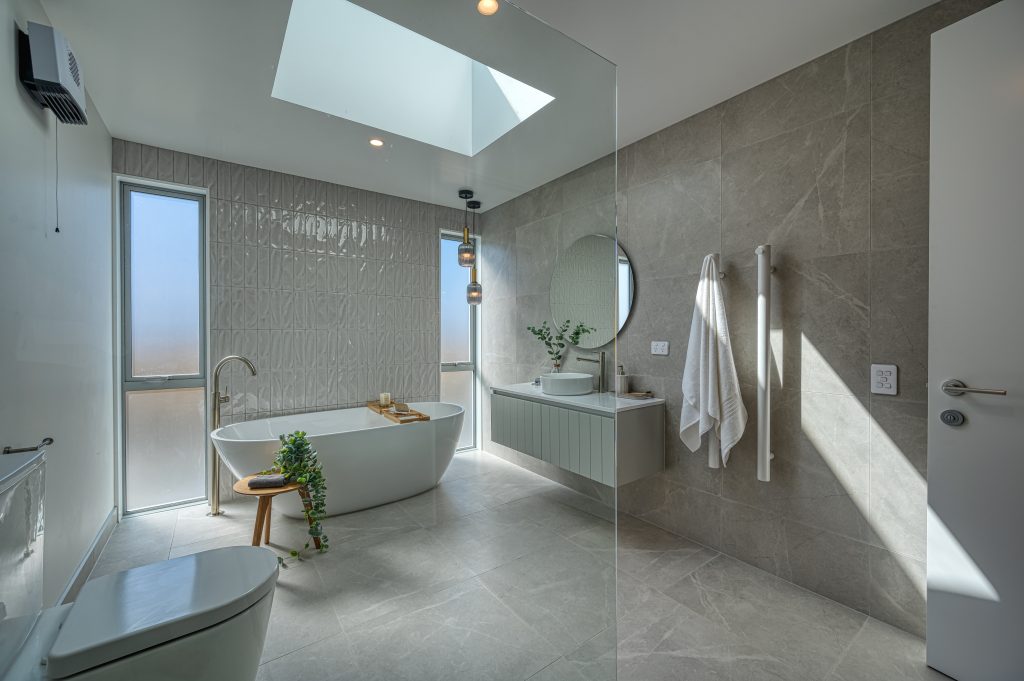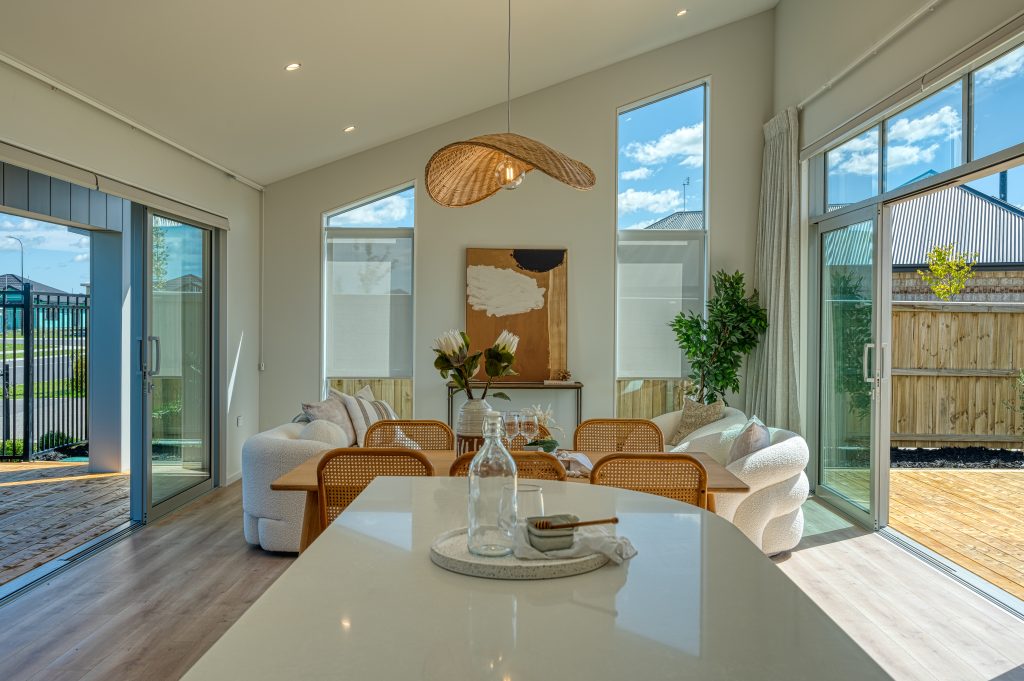By considering accessibility when downsizing to a smaller house, you can create a home that is comfortable and easy to navigate for all members of your household.
Building a new house for retirement can be an exciting and rewarding experience. It’s important to take the time to plan and consider all of the steps involved to ensure that your new home meets your needs and desires, helps to reduce expenses and minimise the environmental impact. Here are some things to consider when building a new house for retirement:

Determine your needs: Think about what you really need in a home and what you can live without. Do you need a lot of storage space or are you able to minimize your possessions? Do you need a large yard or can you make do with a smaller outdoor space?
Size: Determine the size of your home based on your needs and budget. Consider features such as a main-level master suite and an open floor plan to make your home more comfortable and accessible.
Energy efficiency: Building an energy-efficient home can save you money on energy costs and make your home more comfortable. Consider features such as high-efficiency windows, insulation, and solar panels.
Choose a location: Consider factors such as proximity to convenient amenities, public transportation, schools and proximity to family and friends.
Select a floor plan: Look for a floor plan that meets your needs and makes the most of the available space. We have a range of smaller pre-designed plans available that are customisable to your needs here on our website.
Consider accessibility: Lifemark® rated homes are designed to be usable and safe for people of all ages and stages. Green Homes is a Lifemark® Design Partner and we offer Lifemark® rated Universal Design (UD) features across all of our new builds. These features include elements such as wider door frames and hallways, flush entry doorways and showers, non-slip tiles and grab rails and other modifications that make all aspects of your home accessible to all. Our team of design & build experts can help you understand how to best utilise UD features throughout your home
Make the most of your section: Single storey over split level homes are more accessible and if you like to spend time outside at home, consider a larger back yard, perhaps a raised garden bed to make your outdoor space more enjoyable and accessible.

Low-maintenance features: As you enter retirement, you may want to consider low-maintenance features such as durable flooring, easy-to-clean surfaces, and minimal landscaping.
By considering these factors when building a new house for retirement, you can create a home that meets your needs and allows you to enjoy your golden years.
Talk to our team today about incorporating Lifemark® features into your new home.

